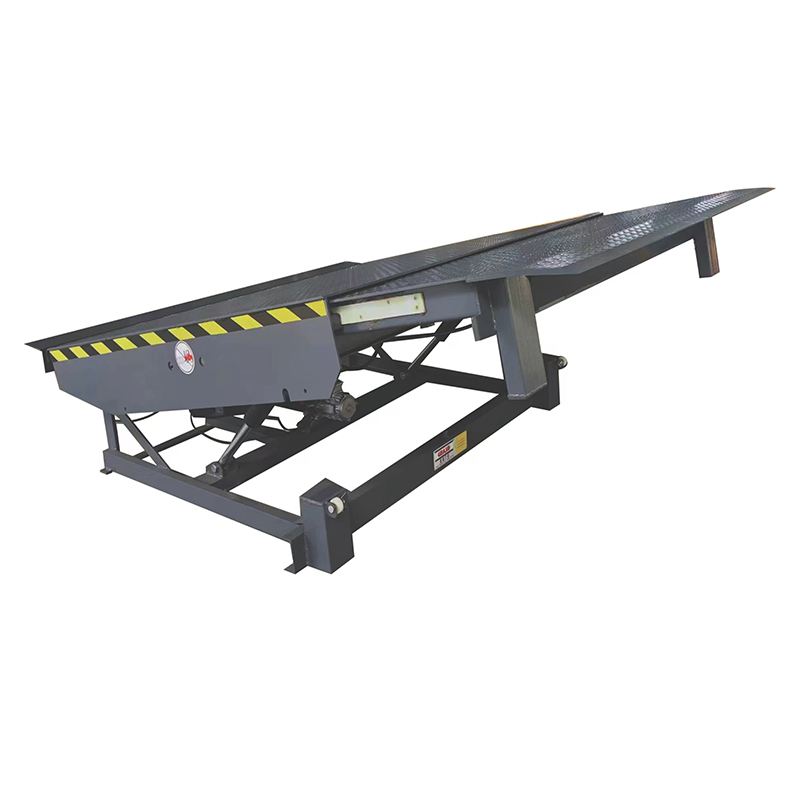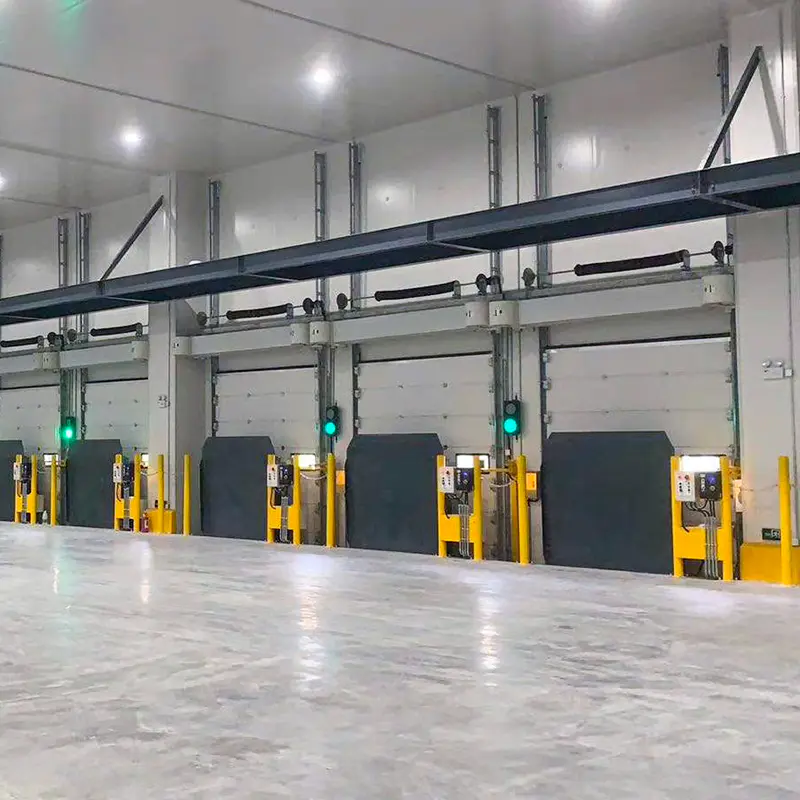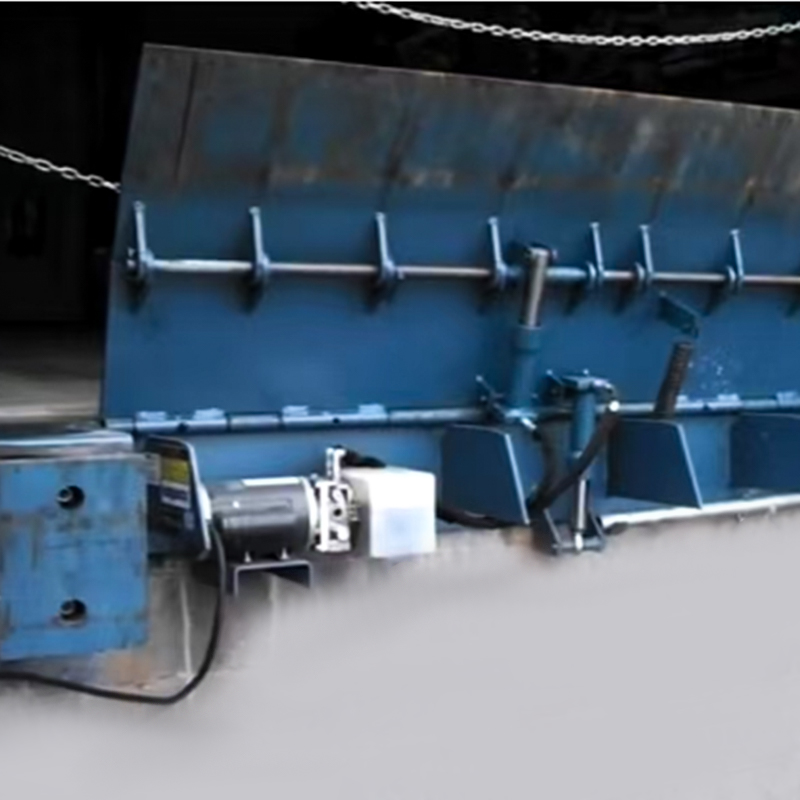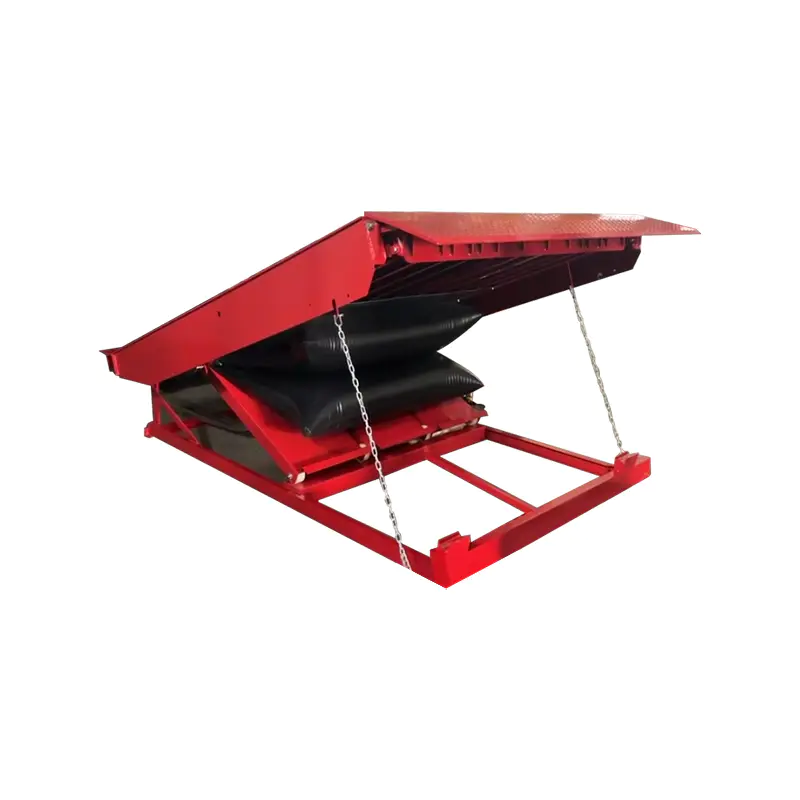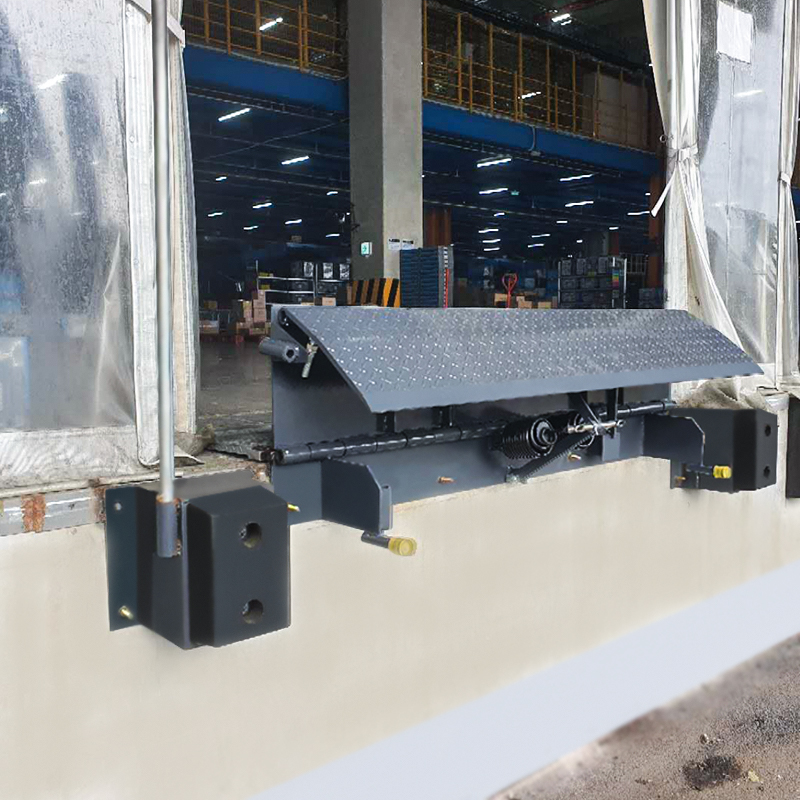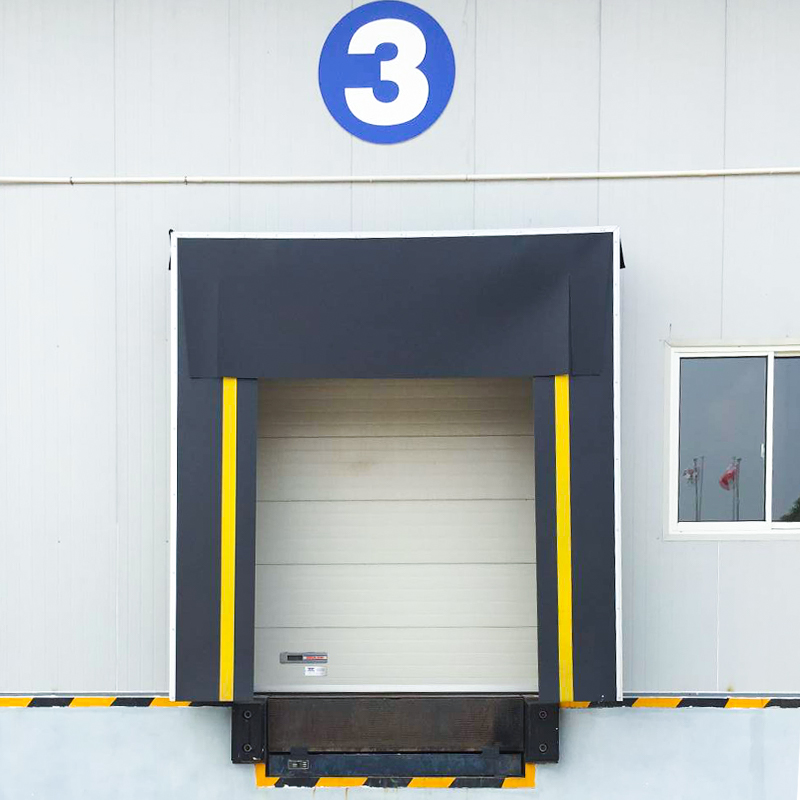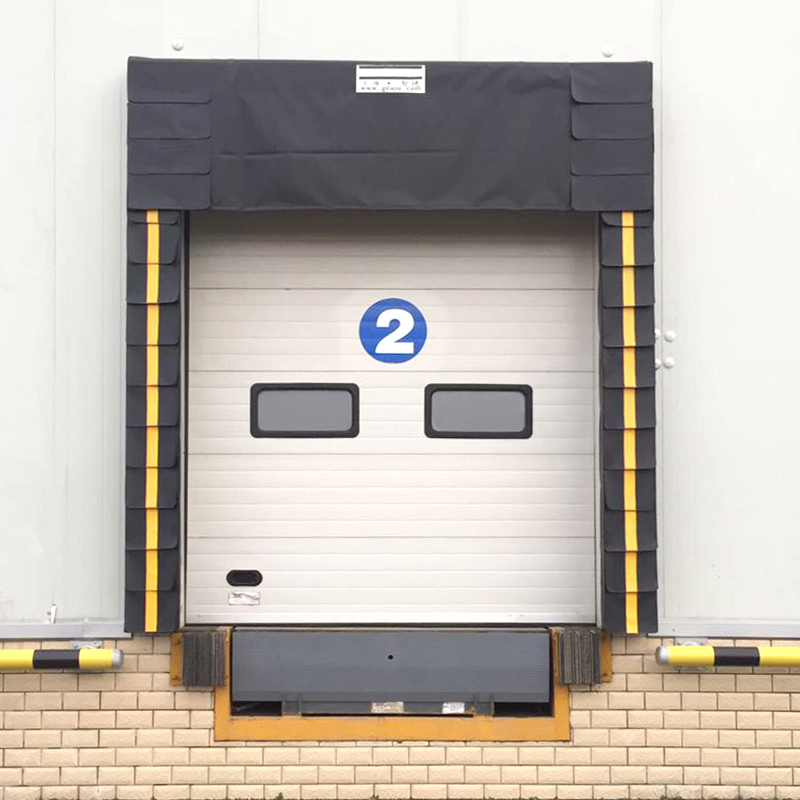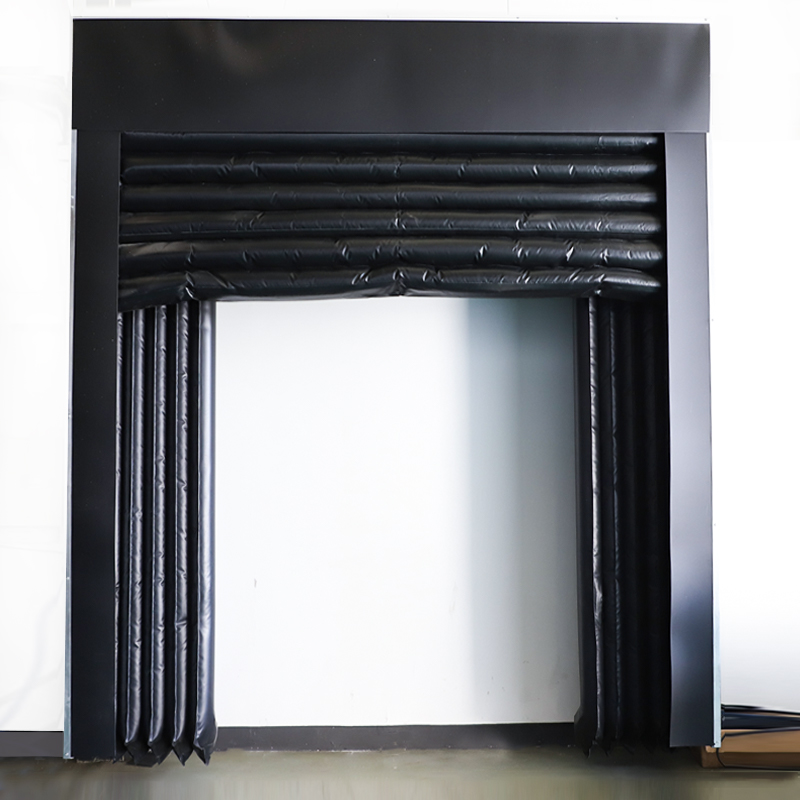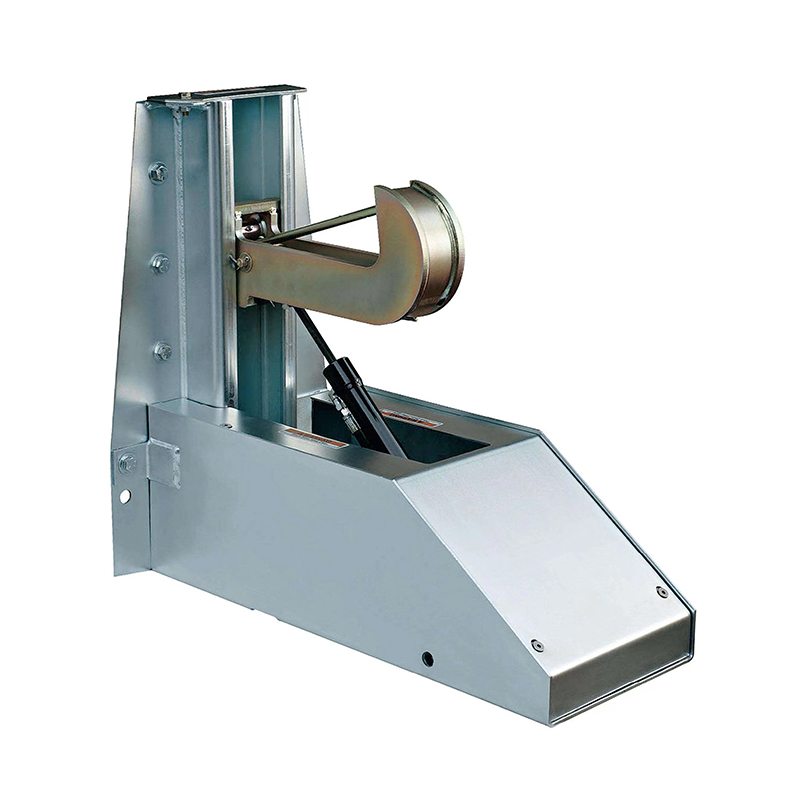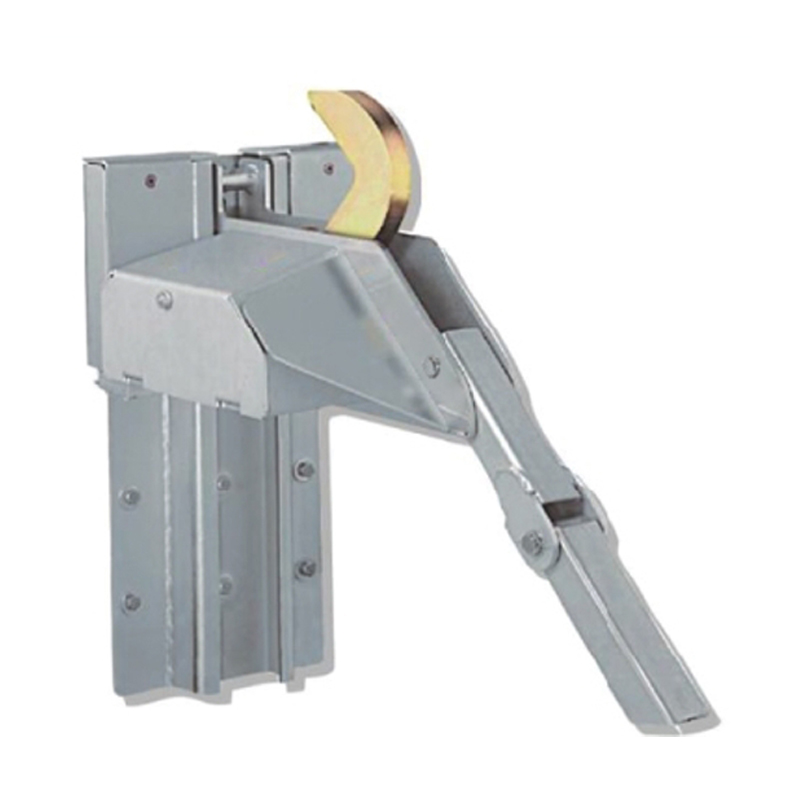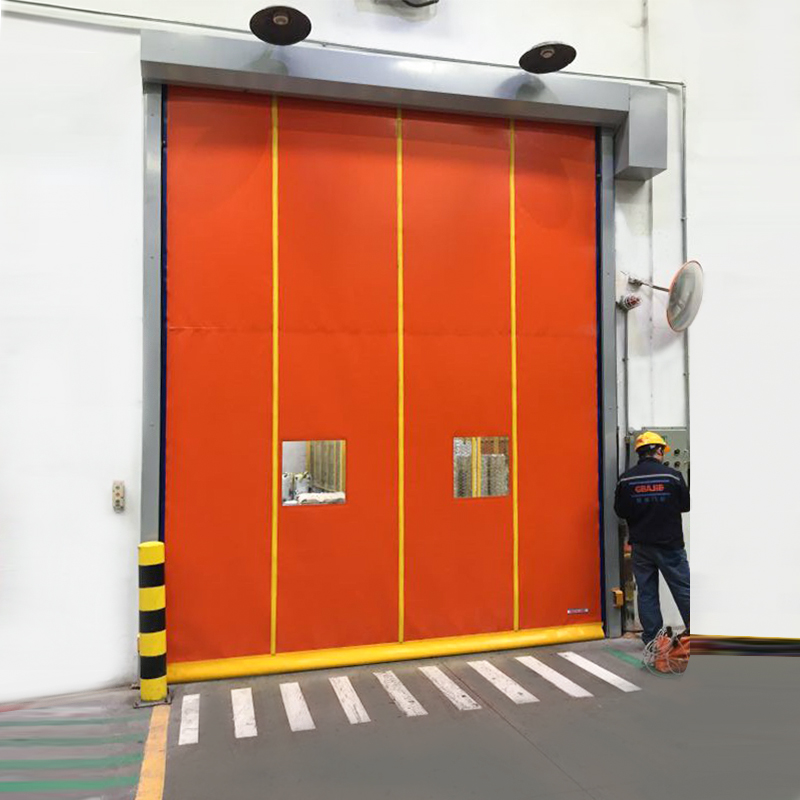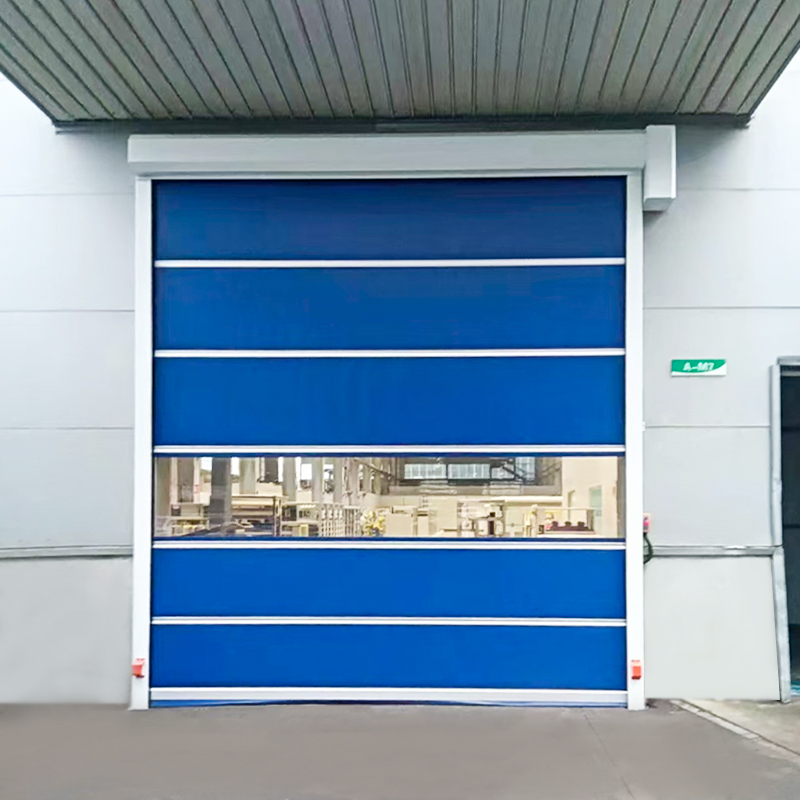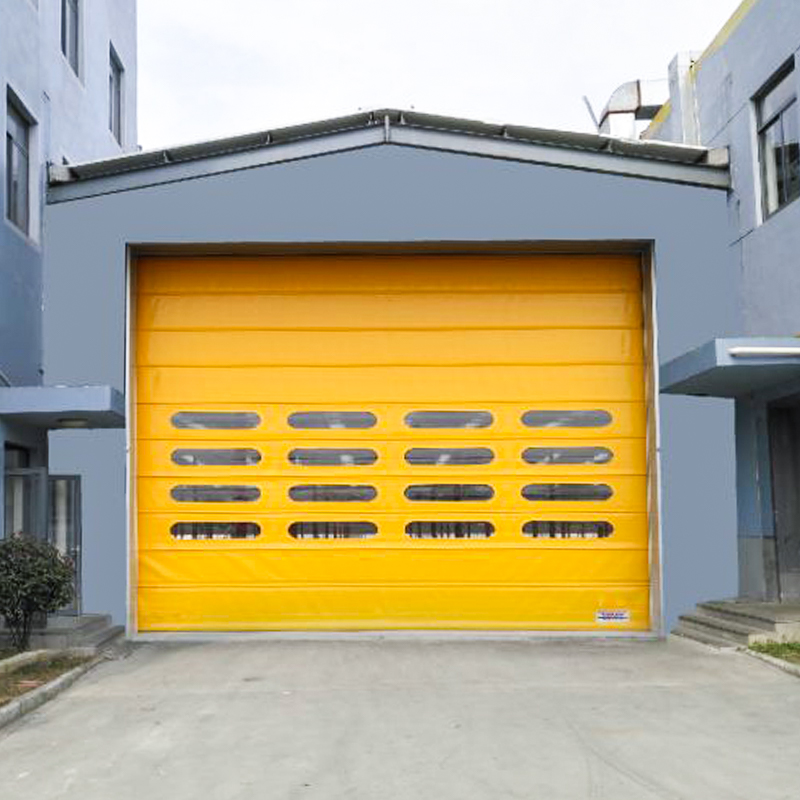Reinforced Structural Design and Load DistributionEOM Industrial Dock Levelers are engineered with...
The design of Efficient Loading Dock Equipment is centered on ensuring both vehicle and dock stability throughout the loading and unloading process. For example, a well-designed dock leveler ensures that the transition from the truck bed to the loading dock is smooth, eliminating the risk of gaps, height differences, or uneven surfaces. This minimizes the chances of workers stumbling, tripping, or misstepping when moving cargo. Similarly, vehicle restraints integrated into loading dock equipment secure trucks in place during the entire operation, preventing the vehicle from unintentionally shifting or rolling away, which can lead to dangerous accidents or equipment damage. A secure truck coupled with a stable dock provides a solid platform, making the environment safer for workers and significantly reducing the risk of injuries from misalignment or unpredictable vehicle movements.
The design of Efficient Loading Dock Equipment takes into account ergonomic principles to help reduce strain and minimize workplace injuries. Adjustable-height dock levelers, lift tables, and ergonomic ramps are designed to ensure that workers do not have to reach, bend, or lift excessively heavy loads. This ergonomic consideration significantly reduces musculoskeletal injuries, which are a common problem in warehouses due to repetitive bending and lifting. The design also focuses on providing easy access points to goods being loaded and unloaded, lowering the likelihood of overexertion and awkward lifting postures. With ergonomic solutions, workers can perform their tasks more comfortably, improving both their efficiency and long-term well-being.
In high-volume warehouse environments, fall protection is an essential component of Efficient Loading Dock Equipment. The elevated nature of loading docks creates a significant fall hazard, especially when workers are exposed to large height differences between the truck bed and the dock. Safety features such as guardrails, safety gates, and bumpers are critical to preventing falls. Guardrails prevent employees from inadvertently walking too close to the edge of the dock, while safety gates can automatically lock into place when the truck is improperly secured, ensuring that workers are not exposed to the risk of falling from the dock’s edge. Anti-slip bumpers on the sides of trucks and ramps provide an additional layer of protection against accidental slips, creating a physical barrier between workers and moving vehicles.
The design of Efficient Loading Dock Equipment is optimized for smooth operation and minimal risk of malfunction. Hydraulic or electric dock levelers, for example, are engineered to raise and lower with precise, controlled movements, ensuring that they operate smoothly without jerking or sudden movements that could pose a risk to workers. Mechanisms designed with fail-safe features and sensors to detect misalignment or malfunction ensure that the equipment operates reliably. When issues are detected, automated alerts or shutdowns can be activated to prevent any unsafe operation. The incorporation of automated systems also reduces human error, which can be a significant factor in workplace accidents. The seamless functionality of this equipment minimizes mechanical failures that could otherwise disrupt operations and endanger workers.
Efficient Loading Dock Equipment is designed with intuitive and easily identifiable controls and visual indicators to improve safety and operational accuracy. For example, light signals or audible alarms indicate when the truck is correctly docked or when a dock leveler has been properly aligned. This allows operators to verify that everything is in place before loading or unloading begins. The clear visual cues prevent situations where workers may attempt to operate the equipment while it’s in an unsafe or unprepared state. As a result, human errors related to misalignment or failure to properly secure the equipment are minimized. These proactive safety measures ensure that workers can operate the equipment with full awareness, enhancing overall safety.

 English
English Español
Español Tiếng Việt
Tiếng Việt

